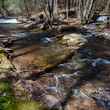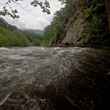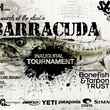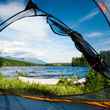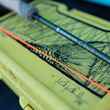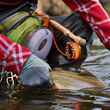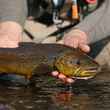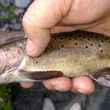I don't get excited about fishing egg patterns like some fishermen do. But, there's good reason for their excitement: they work. It's a simple fact. When spawning salmon are in a river dropping eggs, other fish are eating them. In these situations, fishing an egg imitation will almost invariably out fish any other method available. Anglers aiming to imitate eggs in the water generally have two options in the world of fly fishing: the more traditional yarn-based egg patterns such the Glo Bug or the more recently adopted plastic bead egg imitations.
5 Reasons Beads are Better Than Egg Fly Patterns
by Chad Shmukler - Tuesday, Oct 8th, 2013



